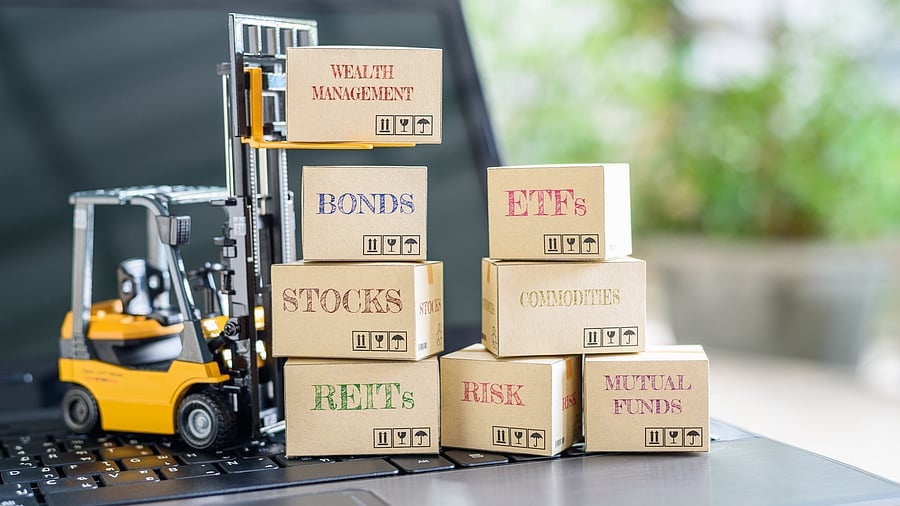
Securities and Exchange Board of India (Sebi) has instructed mutual funds to stop accepting inflows into schemes that invest in foreign exchange traded funds (ETFs) from April 1, 2024. This, it has explained, has been done as the mutual fund industry is close to breaching the limit set for its overseas investments at $1 billion. What does this mean for the retail investors?
International funds have been popular with Indian Investors for over a decade. The range of investment geographies have been in most parts of the world, though ,in various funds the US seems to be particularly attractive. Reasons range from better returns, taking advantage of currency depreciation, access to companies hereto unavailable to Indian investors, But from an asset allocator’s perspective, international diversification is necessary for investors seeking stability with reasonable returns.
There is a catch though: investments into overseas securities are allowed via one of the two routes – direct investments (including fractional holdings) within the Liberalised Remittance Scheme (LRS) or through ETFs / mutual funds. LRS comes with two caveats. One, there is a limit to what one can invest in and, two, above a certain threshold, it is subjected to TCS (Tax Collected at Source) which can be as high as 20%. Investments taking the latter route, are subject to both fund-wise and industry limits.
The import of the Sebi order
The assets in the schemes investing offshore now stand at approximately Rs 40,000 crores with passive investing at 57.2% and actively managed ones at 42.7% as per AMFI data published for February 2024. Compared with the larger mutual fund Industry numbers of Rs 59 lakh crore, this is tiny. However, as global investing has caught the fancy of 22 lakh investors, any changes in operations make it “not insignificant”.
The ruling will impact this 57% of the assets in many ways, primarily it prevents authorised participants from creating fresh units (the reverse, i.e. selling the underlying or redeeming units is allowed), which in turn means, should there be demand, the supply of units may be restricted in, resulting in premiums (to the iNAVs or eNAVs).
The impact so far
Has that been seen in trading prices ? Not quiet or rather not like the first time the “Foreign Fund Limit” was imposed. For the NASDAQ100 ETF listed on Indian Stock Exchanges, it has been hovering, counterintuitively, around 3.25% discount to the eNAV (as calculated from Globex eMini futures live trading during Indian market hours) with a healthy two lakh+ shares on offer.
Why so? Healthy trading and no additional demand for the ETF, on the back of election volatility in domestic markets, have curtailed exuberance. If Indian markets were to correct sharply without a parallel global rout, this could change.
Strategies to employ
While Investing in International markets, it is important to know what the value of the underlying security is – and one indication is to look at live trading futures and the iNAVs published by the ETF manager. Like any stock, buying at a discount and selling at a premium may be employed. A word of caution though – most of these investments add an additional layer of complexity and therefore risk – the currency fluctuations. It may therefore be prudent to look at these funds as a part of an allocation rather than in isolation, not in the least because of differential taxation as compared with domestic equity investments.
These are simple investments into foreign markets, and it is entirely possible to manage in a Do-It-Yourself mode. However, should one not be aware, comfortable, or lacking the knowledge to invest, consider consulting a SEBI registered investment advisor.
(The writer is Managing Partner, Aryzen Capital Advisors)